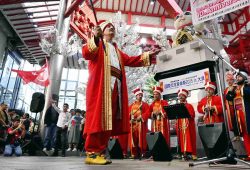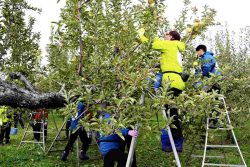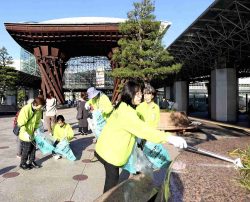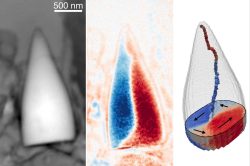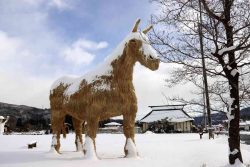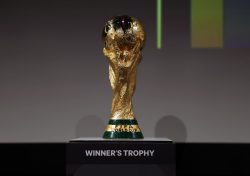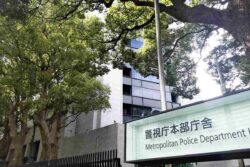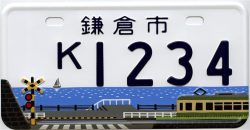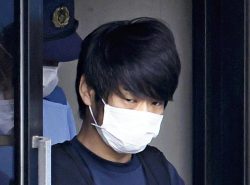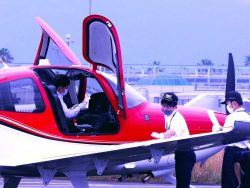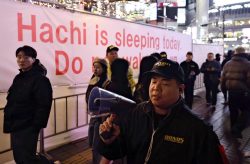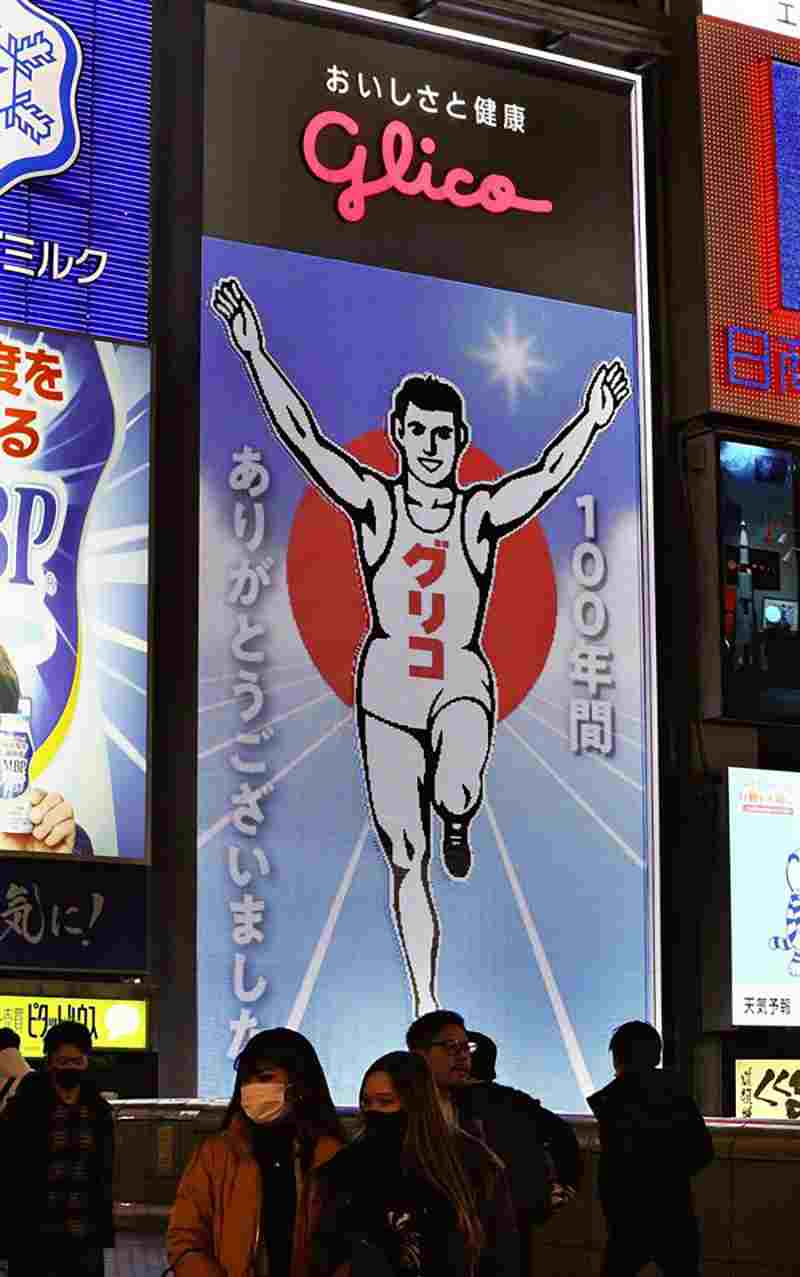
Left: Glico’s neon sign is seen with the words “Thank you for 100 years,” in Chuo Ward, Osaka, on Feb. 4.
16:19 JST, March 5, 2022
OSAKA — This year marks 100 years since Ezaki Glico Co. was founded. One of Japan’s leading confectionary manufacturers, the firm is headquartered in Osaka City and probably best known for Pocky, popular chocolate-coated biscuit sticks.
The company is behind several unique, long-selling products, such as Glico Caramels, with about 5.5 billion boxes sold, and Pocky, with over 10 billion boxes sold.
30,000 different toys
Ezaki Glico started selling the Glico Caramel at the Mitsukoshi Department Store in Osaka City on Feb. 11, 1922. The company thereafter designated the date as the anniversary of its founding.
The name Glico comes from the word glycogen, the main form in which glucose is stored in animals. The company’s founder, Riichi Ezaki, had the idea to commercialize glycogen, which can be found in oyster broth, among other foods. In 1921, he developed the nutritious candy by mixing glycogen extract with caramel. This was the beginning of the various Glico confectionaries that would follow.
For Japanese people, Glico Caramel is known for the little toys that come with the candies. Riichi came up with the idea of selling the candies with toys.
“The two most important missions of children are eating and playing,” he often said, as part of his philosophy.
Glico’s toys were initially picture cards before the company developed about 30,000 different types of toys, including medals made by Japan Mint, and miniature furniture.
Toy experts also value the toys.
“The toys were elaborate from the early days, and we can see that Glico was really trying to entertain children,” said Tetsuya Okada, a toy consultant at the Tokyo Toy Museum.
Guinness records
The company launched its long-selling Bisco biscuits in 1933. It began selling curry roux in 1960 and launched other kinds of food as well.
Glico began selling Pocky in 1966, and the product is now sold in 30 countries and regions. The biscuit sticks became popular abroad since Glico uses different types of cacao depending on the climate of each region and preferences of the local people, according to the company.

Boxes of Pocky
Guinness World Records certified Pocky as the world’s best selling chocolate-coated biscuit brand in 2020 and 2021.
In 1972, the company began selling Pucchin Pudding, a caramel custard that drops onto a plate when consumers break a small knob on the bottom of the container.
Glico began offering ice cream exclusively for vending machines in 1985.
Symbol of Osaka
Beyond producing sweets, the company has created a symbol closely associated with Osaka City. A large neon Glico sign in the Dotonbori district depicting a giant athlete is well known across the nation and overseas.
The sign was born from Riichi’s advertising strategy. He reportedly said, “A big sign will stand out.”
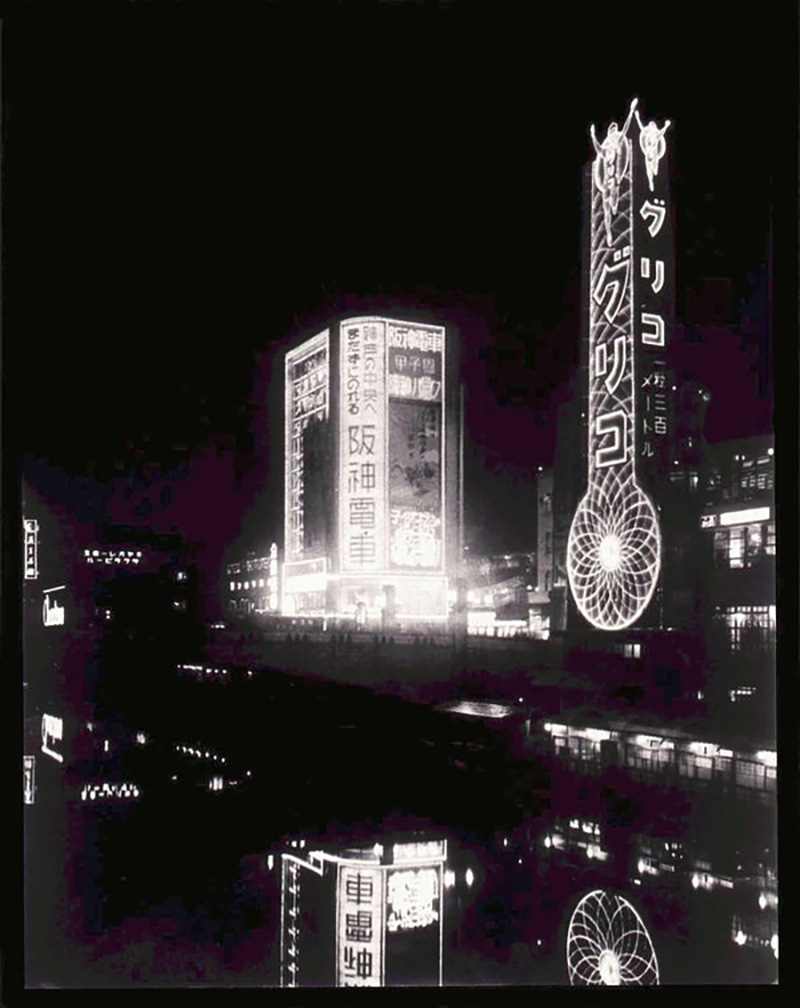
Below: Glico’s first neon sign was installed in 1935.
In 1935, Riichi set up a 33-meter-tall sign at the foot of the Ebisu Bridge along the Dotonbori River, where about 200,000 people a day were coming and going. After several design renewals, the company settled on the sign passersby can see today.
“Glico’s ‘goal-in pose’ as seen on the sign has been imitated by many people, who spread their photos to the world through social media,” said Hiroshi Mizohata, the head of the Osaka Convention and Tourism Bureau. “Doing so made the sign well-known to foreign tourists.”
Branching out
In recent years, with the chronically low birth rate and the aging population, the company has been focusing on the health field. It launched Gaba, a chocolate containing amino acids, in 2005 and an almond milk drink called Almond Kouka in 2014.
As soon as national deregulation in 2018 lifted the ban on the sale of liquid infant formula, the company was the first to commercialize a product in Japan, in 2019. Glico noted that ready-to-drink baby milk formula products can be preserved, which can help ensure the health of infants even in emergency situations.
Since its foundation, the company has been accumulating knowledge about glycogen and is now conducting research to see if it can be used to improve the symptoms of dementia.
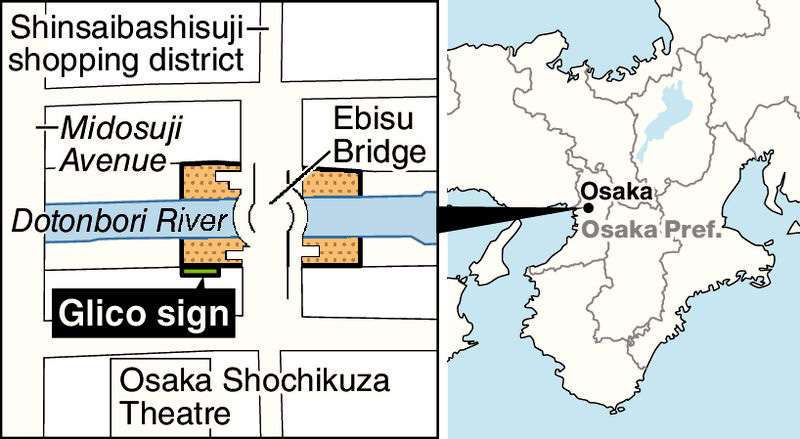
“We want to continue contributing to society by creating products that people think are necessary for their daily lives,” said President Katsuhisa Ezaki, grandson of founder Riichi.
Glico-Morinaga case
In Ezaki Glico’s century of history, one case involving the company shook the nation. In 1984, President Katsuhisa Ezaki was kidnapped from his home.
He was found safely, but later, his company was blackmailed. Glico confectionaries were tampered with at some retail stores and confectionaries containing sodium cyanide were found.
Another major Japanese confectionary manufacturer, Morinaga & Co., was also targeted, and the case became known as the Glico-Morinaga case.
The incident spread great anxiety at the time and had a large impact on the confectionary and food industries. Safety measures were devised after the incident that included making it obvious whether the packaging of a product has been opened.
Related Tags
"Features" POPULAR ARTICLE
-
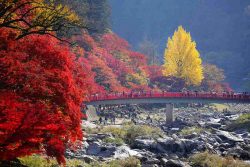
Autumn Foliage Reaches Peak Season at Korankei in Aichi Prefecture
-
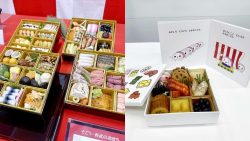
Japan’s Osechi Meals See More Value Offerings as Customers Struggle with Rising Prices
-
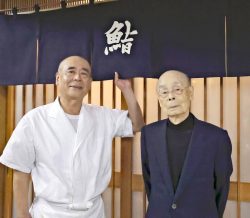
Legendary Sushi Chef Jiro Ono Turns 100: ‘I Have No Regrets’
-

Autumn Foliage Surrounds Visitors to Tokyo’s Showa Kinen Park
-
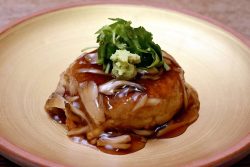
Japanese, Western Flavors Blend in Satoimo Taro Cheese Dumplings; Versatile Seasonal Staple Served with Savory Sauce
JN ACCESS RANKING
-

Govt Plans to Urge Municipalities to Help Residents Cope with Rising Prices
-

Japan Resumes Scallop Exports to China
-

Japan Prime Minister Takaichi Vows to Have Country Exit Deflation, Closely Monitor Economic Indicators
-

Japan to Charge Foreigners More for Residence Permits, Looking to Align with Western Countries
-

Japan GDP Down Annualized 1.8% in July-Sept.


